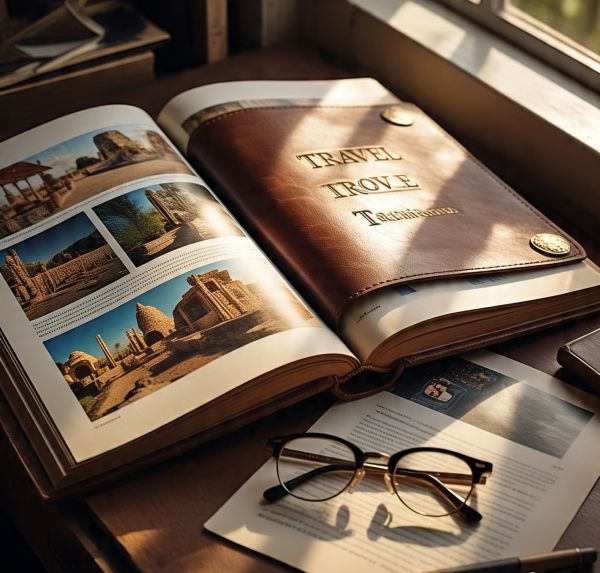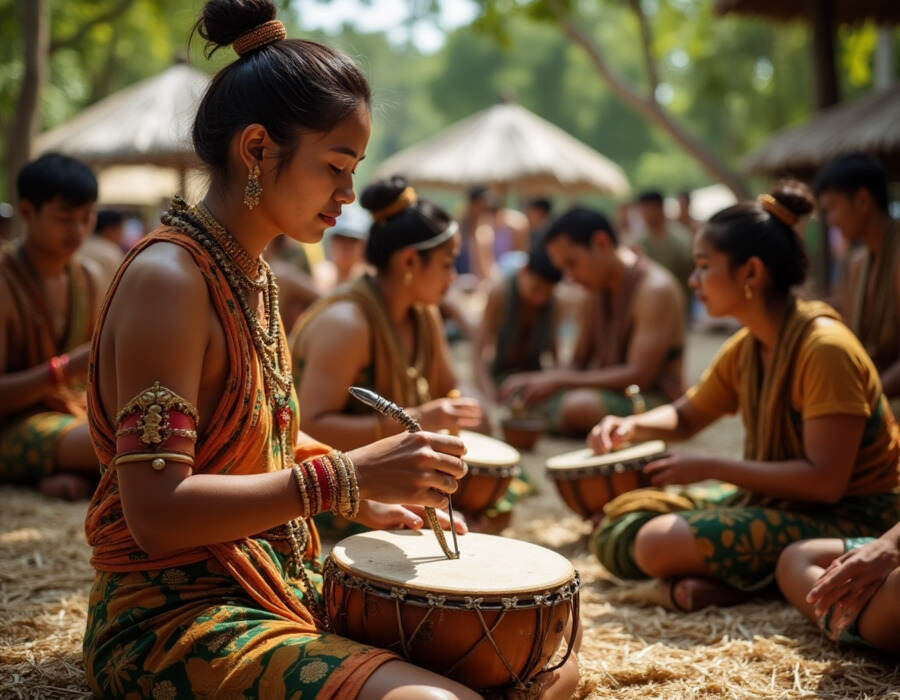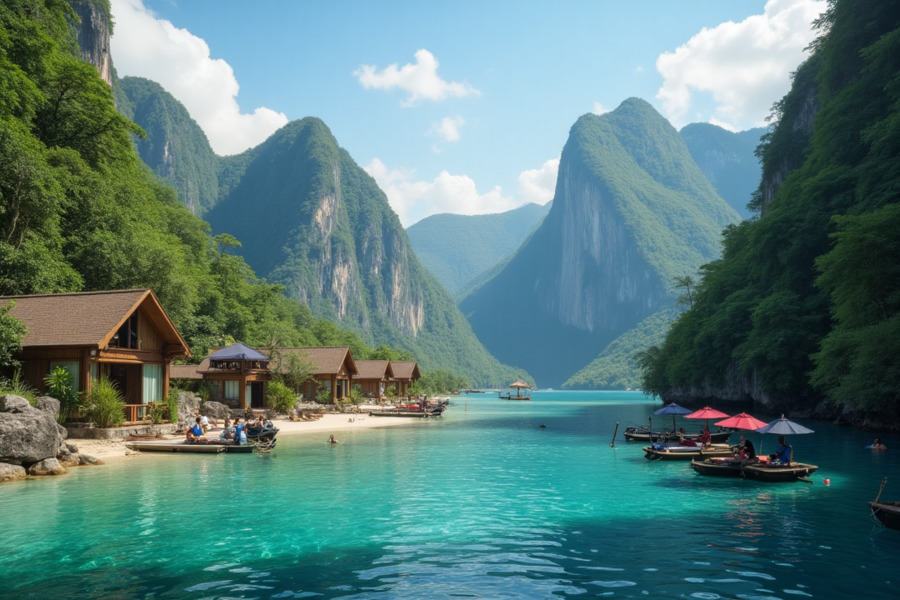≡-From the Himalayas to New Zealand, Burano to Kathmandu, the Pamir Mountains to Patagonia, Istanbul to the Peruvian Andes Seven Summer Books That Inspire Wonder and Reflect a Surging Boom in Transformational Global Travel – Viral of Today
<> Viral of Today <>
Home » TOURISM NEWS » From the Himalayas to New Zealand, Burano to Kathmandu, the Pamir Mountains to Patagonia, Istanbul to the Peruvian Andes Seven Summer Books That Inspire Wonder and Reflect a Surging Boom in Transformational Global Travel Friday, July 4, 2025Himalayan RevelationThe author reflected on a book that profoundly impacted their life, first published in 1978, centered on a demanding journey through the Himalayas. This work blended the physical struggle of the expedition with deep Buddhist philosophy, while also exploring the unraveling of a family’s emotional bonds. For the author, this reading experience sparked a significant turning point—compelling them to leave behind their previous path and embrace a future in travel writing. That decision eventually opened doors to contribute to influential platforms and media outlets. More broadly, the story illustrated how deep, narrative-rich travel literature can shape not only readers but careers, igniting passion for exploration and storytelling in the global travel community.Motorcycling Through ReinventionThe next narrative focused on a deeply personal and physically demanding solo motorcycle journey spanning 20,000 miles, beginning in India and weaving through Malaysia, the Middle East, Central Asia, and ending in the Netherlands. This trip, born out of heartbreak, gradually became a path of rediscovery and transformation. High in the Pamir Mountains, the traveler faced icy isolation, fear, and awe in equal measure—yet described the experience as one of profound connection to the landscape.Throughout her trip, she encountered multiple mechanical failures, unpredictable weather, and treacherous roads. But what stood out was her unwavering resilience, openness to strangers, and the kind of self-awareness that can only emerge from such isolation. Her account showed how deeply personal stories like this can influence future travel trends, with travelers seeking out raw, emotionally resonant adventures over conventional luxury tourism.Preserving Cultural TraditionsThe journey then turned toward a quieter, yet no less compelling form of travel—the search for ancient craftsmanship and vanishing traditions. Motivated by an encounter with a 90-year-old lace maker in Burano, Italy, the writer set off to meet artisans who are the final guardians of time-honored skills. Among them were a bridge builder in the Peruvian Andes who reconstructs an Incan grass bridge each year, and a woman in southern India who carries on her family’s rare technique of creating polished metal mirrors, believed to hold spiritual depth.These accounts emphasized the fragile beauty of heritage, and how preserving these practices offers a richer, more meaningful travel experience. For the tourism sector, they pointed to the growing value of cultural immersion and responsible tourism that supports local communities and honors ancestral knowledge.Nostalgia on the Hippie TrailA rediscovered travel journal from the late 1970s chronicled a youthful adventure along the historic Hippie Trail, stretching from Istanbul to Kathmandu. The writing brimmed with curiosity and wonder, capturing the chaos and beauty of places like Durbar Square in Kathmandu, where medieval architecture meets vibrant street life.This journey reminded readers of a time when travel felt more raw and unscripted, stirring a sense of nostalgia for slower, more organic explorations. For travel planners, it offered insight into how reviving historic routes with modern sustainability and cultural sensitivity could appeal to a new generation of conscious travelers.Rituals and Human ConnectionAnother story took readers deep into the rituals and festivals that unite people across borders. The author chronicled global celebrations—from whirling dervishes in Turkey to a Romani pilgrimage into the Mediterranean, where pagan and Catholic traditions fused in spectacular display. In one powerful scene, white horses waded into the sea, surrounding a statue of Black Sara, their riders holding high the symbols of their faith and culture.These vibrant scenes illustrated how spirituality, community, and celebration remain universal threads in the human experience. The narrative served as an invitation for tourism developers to design more immersive, participatory experiences that prioritize cultural respect and emotional connection.Local Discoveries by BikeA cycling trip through England and Wales, from London to the Welsh coast, was described not as a high-stakes expedition, but as a quiet revelation. Over eight days, the cyclist explored the “spaces in between”—hidden towns, forgotten valleys, and local treasures often missed by motorists. He visited places like Defynnog’s ancient yew tree, a quirky wool museum in Witney, and scenic canal locks, all while promoting the idea of “undertourism.”This story was a powerful argument for embracing slow travel, showing how meaningful experiences often lie just outside the tourist radar. For the industry, it suggested growing interest in micro-adventures and regional discovery, accessible to a broader audience.Historical Echoes Across OceansOne account spanned continents, following the legacy of Britain’s historical ties with Argentina, Chile, and Uruguay. The writer traveled through forgotten towns, abandoned whaling outposts, and railways built by convicts, connecting these landscapes to a shared colonial past. At Orongo on Rapa Nui, overlooking the vast Pacific Ocean, the absence of a sacred statue—now in a British museum—evoked themes of displacement and longing.This journey illuminated how travel can serve as a lens through which we examine colonial legacies and cultural memory. It pointed to the growing demand for travel that is not just scenic, but also educational and ethically aware.Trekking the Length of New ZealandThe final journey described a nine-month solo hike across New Zealand, along the Te Araroa trail from Bluff to Cape Reinga, beginning in December 2023. Through mud, cold, and solitude, the hiker documented her physical challenges—blisters, infections, and isolation—but also her spiritual transformation. One unforgettable moment described rain-soaked forests, spiderwebs glittering in the mist, and the sudden, ethereal beauty of moss-covered trees revealed in low sunlight.Her story served as a powerful tribute to the physical and emotional endurance of long-haul travel, revealing a growing appeal for journeys that test limits and connect people to the land in visceral, unforgettable ways.The Evolving Travel LandscapeTogether, these narratives painted a picture of what modern travelers seek: authenticity, connection, resilience, and meaning. Whether it’s rediscovering local charm, facing the wild unknown, or reconnecting with forgotten history, travelers are moving away from passive tourism toward experiences that enrich the soul. The travel industry, in response, must evolve to meet this demand—with offerings that are purpose-driven, sustainable, and rooted in deep engagement with place, people, and personal growth.«Enjoyed this post? Never miss out on future posts by following us»
This information will surprise you!
See also
- Read until the end to discover everything.
- Important information you need to know.
- Interesting facts and helpful tips.
Conclusion
Did you enjoy the news? Keep following us daily!













